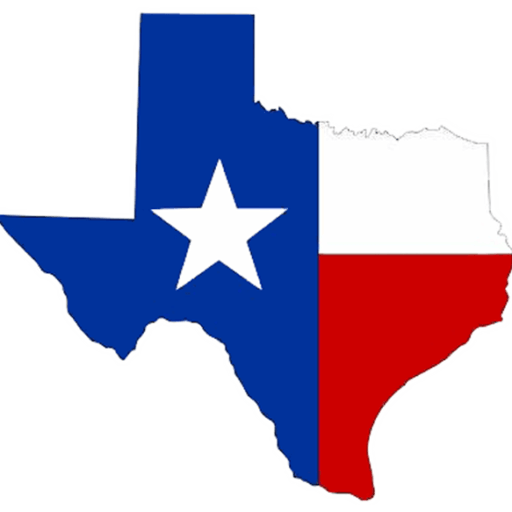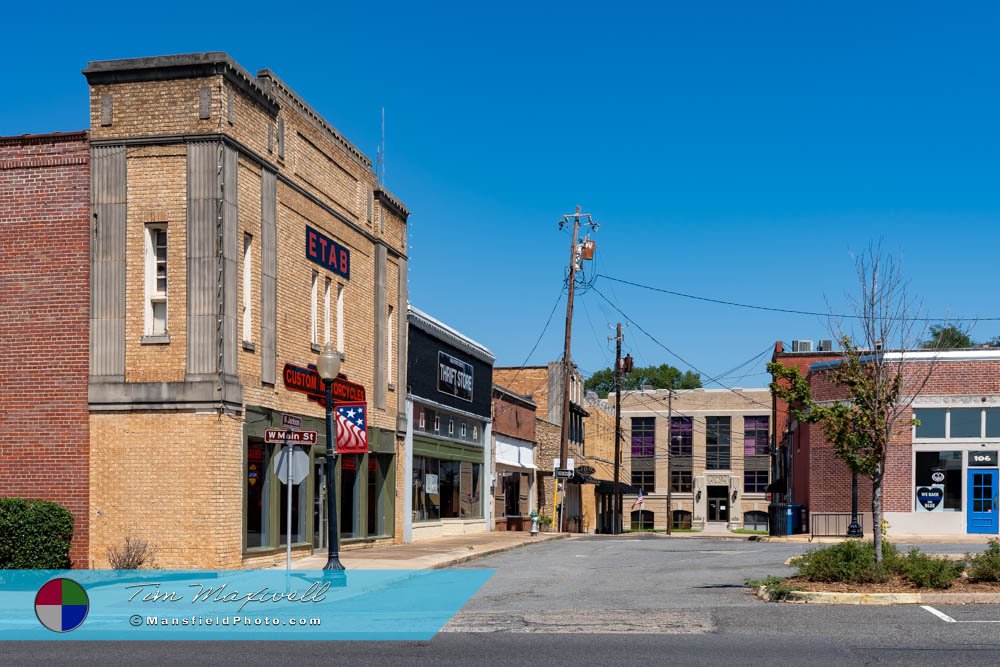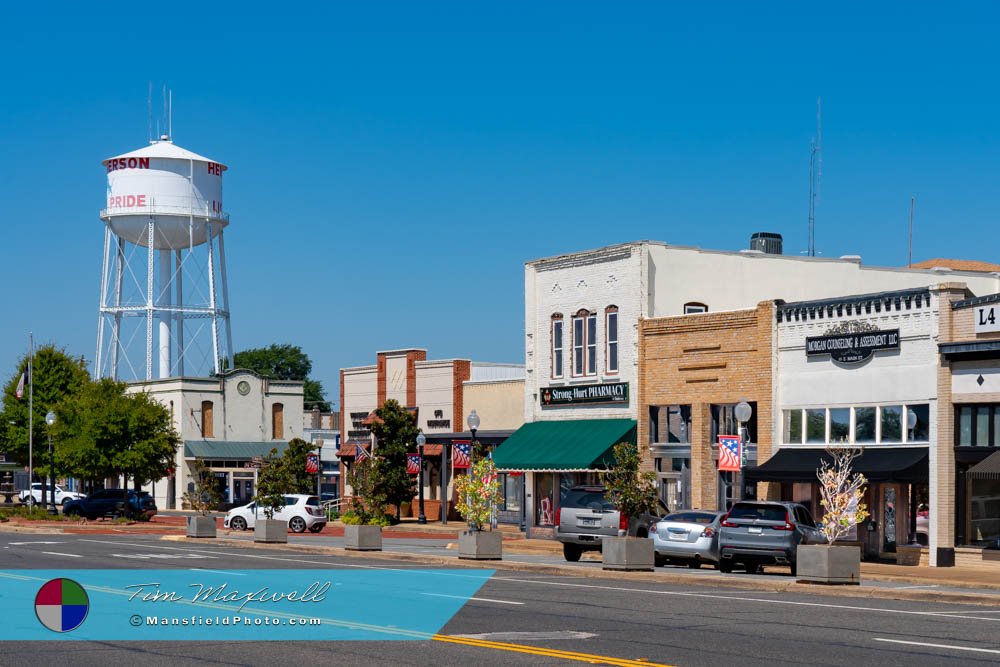Henderson, Texas
– A Town that Ignited History. 📖
Founded in 1843, Henderson, Texas, is named after James Pinckney Henderson, the first governor of the state. This town, located in East Texas, quickly grew to become a significant commercial hub in the region. With its rich agricultural lands and prime location, it became one of the most important towns in Texas during the mid-19th century. It thrived as a center of trade, and its bustling business district symbolized prosperity for the early settlers of Rusk County.
By the 1850s, the town had established itself as a thriving center of commerce, its streets lined with stores, hotels, and banks that served the growing population of farmers and traders. But it wasn’t just commerce that flourished here; Henderson was also a place where political tensions brewed as the nation edged toward the Civil War.
The 1860 Fire: A Spark for Secession
One of the most defining moments in the town’s history occurred on August 5th, 1860, when a massive fire consumed the entire business district of the town. Known as the Henderson Fire, this devastating blaze not only leveled buildings but also left a lasting mark on Texas and its place in American history. At the time, tensions over slavery were reaching a boiling point, and rumors circulated that abolitionists were responsible for the fire.
Many Texans believed that abolitionist radicals were deliberately setting fires to incite fear and chaos. This suspicion, coupled with the increasing division between pro-slavery and anti-slavery factions across the country, created an atmosphere of fear and anger in Henderson and across Texas. The Henderson Fire became a pivotal event that is often credited with sparking Texas’s decision to secede from the Union. As a result, Henderson’s role in igniting the Civil War is forever etched in history, making the town a symbol of the intense political conflict of the era.
Rebuilding After the Civil War
By 1870, after the Civil War had ended, Henderson set to work rebuilding itself. This time, the town’s leaders chose to construct the new business district using more durable materials like brick and stone. This decision not only provided more fire-resistant buildings but also gave the town a new sense of strength and permanence. The rebuilt downtown featured beautiful brick storefronts and stately structures that helped Henderson regain its status as a commercial center.
Today, visitors to Henderson can still see the architectural influence of this post-war rebuilding effort. The charming historic downtown is a mix of restored buildings that reflect the resilience of the town and its ability to rise from the ashes of the 1860 fire.
A Town Rooted in History
Henderson’s place in Texas history is unique because it played such a critical role during a time of significant national upheaval. The fire that decimated the town may have destroyed much of the business district, but it ignited a movement that would change the course of history in Texas. In many ways, Henderson became a symbol of the secessionist sentiment that swept through the South, ultimately leading to the Civil War.
Despite its fiery past, Henderson remains a peaceful and picturesque town today. The streets are lined with historic buildings that harken back to the days when the town was rebuilding from its greatest catastrophe. Walking through the town square, one can almost feel the weight of history that surrounds this small, yet significant, community.
Modern-Day Henderson
While history is a large part of Henderson’s identity, the town has grown and evolved over the years into a modern, vibrant community.
With a population of just over 13,000, Henderson remains a vital part of East Texas, boasting a mix of old-world charm and modern conveniences. The beautiful, tree-lined streets are home to a variety of local businesses, restaurants, and shops that give the town its unique character.
Henderson’s downtown square is particularly noteworthy. Much of it retains the historic feel of the post-Civil War era, with brick facades and carefully restored buildings that reflect the town’s architectural heritage. The town square is an excellent example of East Texas charm, offering visitors a place to stroll, shop, and enjoy local culture.
Conclusion
Henderson, Texas, is more than just a town with a storied past—it’s a community that has weathered the storms of history and emerged stronger on the other side. From its founding in the 1840s to the devastating fire of 1860 that ignited Texas’s secession, Henderson has played a crucial role in shaping both local and national history. Today, the town continues to thrive, combining its historical legacy with modern amenities to create a place that’s both deeply rooted in its past and looking forward to the future.
Whether you’re a history enthusiast, a traveler looking for a charming East Texas destination, or simply someone who enjoys exploring beautiful small towns, Henderson offers a unique experience that blends history, community, and Southern hospitality.
📸 Interested in More Photos of This Town?







